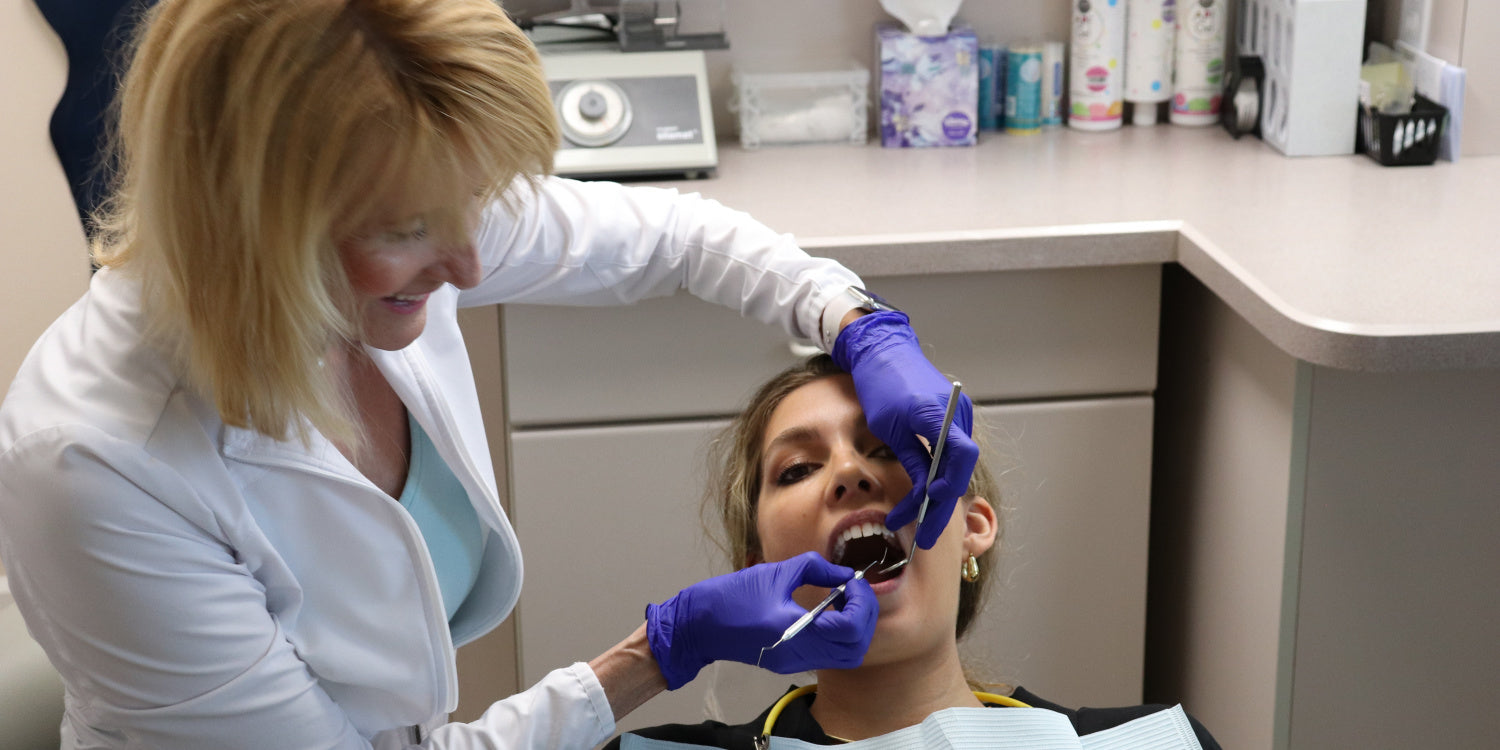
What's the Difference Between a Dentist, an Orthodontist, a Periodontist, an Oral Surgeon, a Pedodontist, a Prosthodontist, and an Endodontist?
When you think of going to the dentist, you probably think of someone who cleans your teeth and makes sure they're healthy. But did you know that there are actually several different types of dental professionals, each with their own specific area of focus? In this blog post, we'll introduce you to the most common types of dental professionals and explain what sets them apart.
Dentist:
A dentist is a healthcare professional who is specially trained to care for teeth. Dentists typically focus on preventive care, which means they work to help their patients avoid tooth problems before they start. They also provide restorative care, which means they treat problems that have already developed. This can include things like fillings, crowns, and bridges. Lastly, dentists also provide cosmetic treatments, which are designed to improve the appearance of teeth. Common cosmetic dental procedures include teeth whitening, veneers, and bonding.
Orthodontist:
An orthodontist is a type of dentist who specializes in straightening teeth. This is done through the use of braces, aligners, or other appliances. Orthodontic treatment can be necessary for both cosmetic reasons and functional reasons. For instance, crooked teeth can be difficult to keep clean, which can lead to oral health problems down the road. Orthodontic treatment usually takes place over the course of several years, though the exact timeline will depend on each individual patient's needs.
Periodontist:
A periodontist is a type of dentist who specializes in treating gum disease. Gum disease is an infection of the gums that can eventually lead to tooth loss if it's not treated properly. Periodontists receive special training in how to diagnose and treat gum disease. They also perform procedures like dental implants, which can help patients who have lost teeth due to gum disease regain their smile.
Oral Surgeon:
An oral surgeon is a type of dentist who specializes in surgery of the mouth and jaws. Oral surgeons often provide treatments for conditions that require more extensive surgical intervention than what a general dentist would be able to provide. For instance, oral surgeons may perform wisdom tooth extractions or jaw surgery. They may also provide dental implants or cleft palate surgery.
Pedodontist:
A pedodontist is a type of dentist who specializes in treating children's teeth. Pediatric dentistry is a relatively new field; before pedodontists existed, children were typically treated by general dentists. Pedodontists undergo special training in how to care for children's teeth and how to make them feel comfortable during dental appointments. They often have special tools and techniques that they use specifically for treating young patients.
Prosthodontist:
A prosthodontist is a type of dentist who specializes in dental prosthetics (artificial replacements for missing teeth). Prosthodontists often work with patients who have lost all or most of their natural teeth due to injury or illness. They design and fit artificial teeth (known as dentures) that look natural and help their patients regain their smile and ability to eat normally. Prosthodontists may also provide other treatments such as implants or bridges.
Endodontist:
An endodontist is a type of dentist who specializes in root canal therapy. Root canal therapy is a procedure that's used to treat infections that have reached the pulp (center) of the tooth. During this procedure, the endodontist will remove the infected pulp and then clean and seal the inside of the tooth.
Conclusion:
As you can see, there are many different types of dental professionals! Each one has their own specific area of focus within dentistry. Next time you need to see a dental professional, you'll be able to choose the one that's best suited for your needs. Thanks for reading!
The post, What's the difference between a dentist, an orthodontist, periodontist, pedodontist, a prosthodontist and an endodontist, appeared first on ToothShower.

Leave a comment (all fields required)